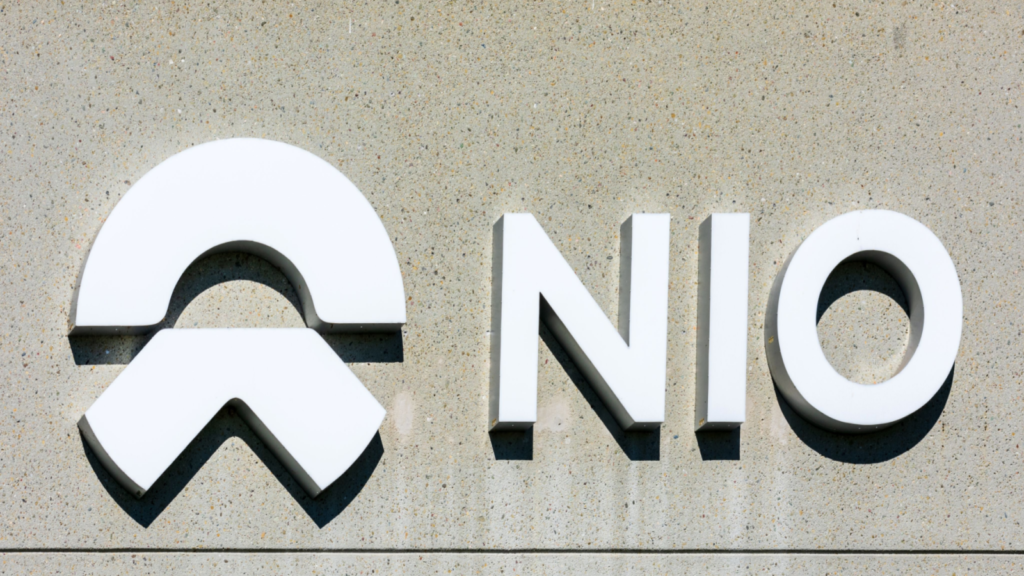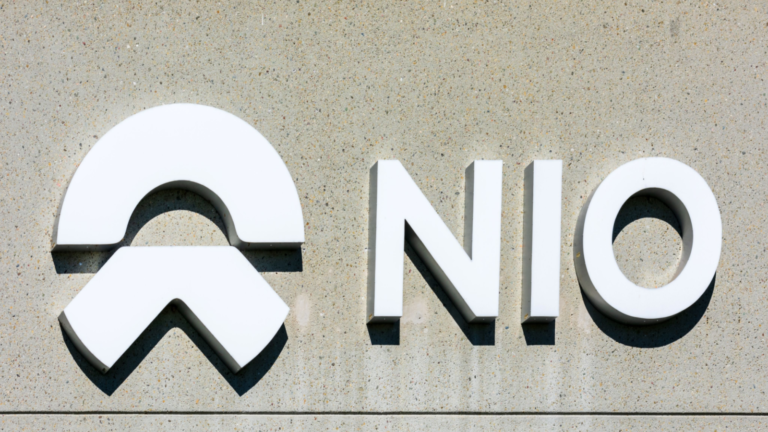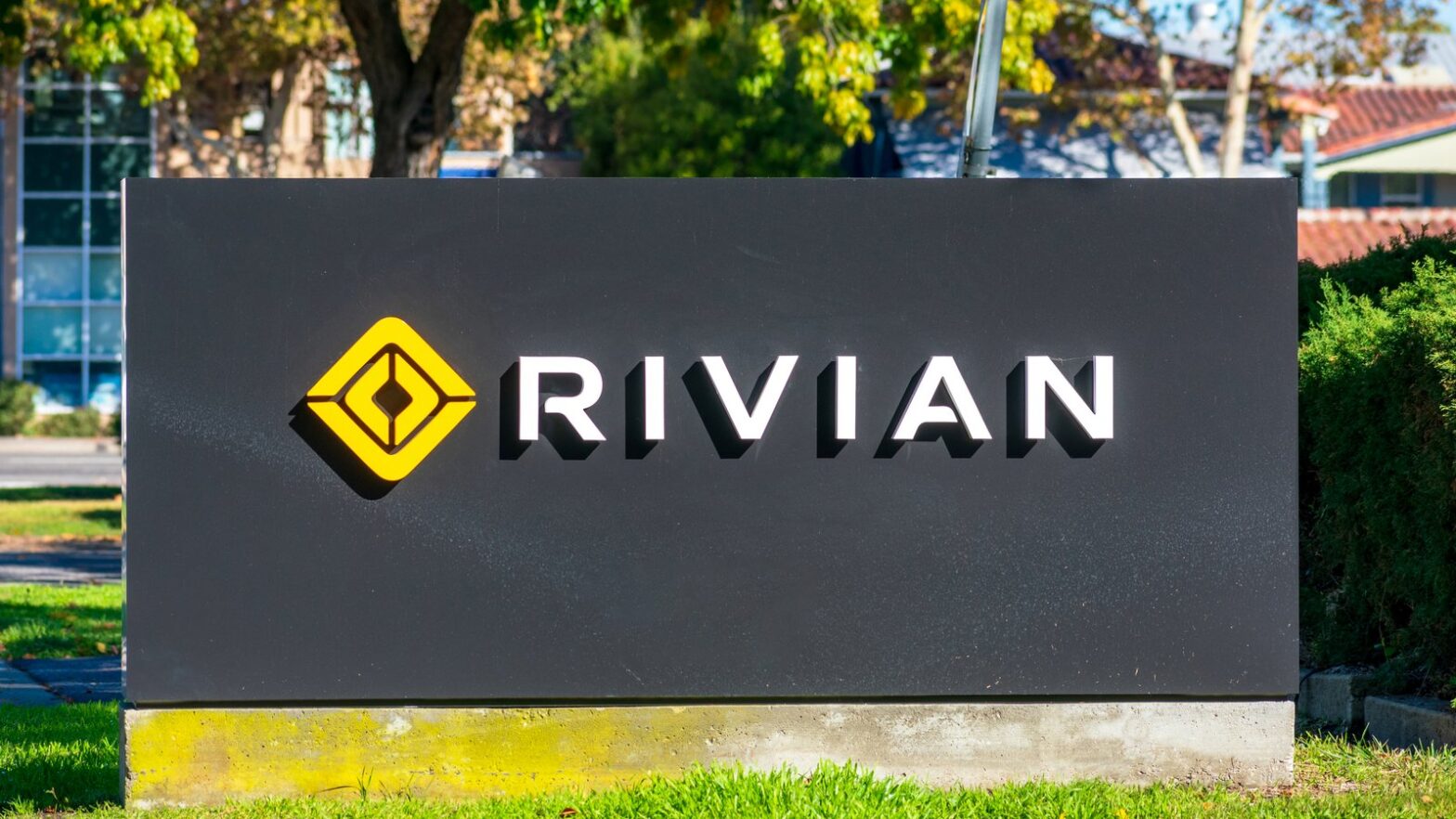Not all bank stocks are bad ones. Finding some gems out there is certainly possible, but I won’t be beating down the bushes looking for opportunities in the banking sector.
These days there’s more to dislike about bank stocks than there is to appreciate them. Regional bank stocks are depressed because of the Silicon Valley Bank failure. That exposed some other weaknesses in the sector and made regional bank stocks a losing bet.
But there are other reasons to give bank stocks the side eye right now.
Banks are heavily reliant on the economy. They need people to have confidence in the economy and be willing to spend and borrow.
Yes, credit card debt continues to rise, and the American consumer is resilient. You also can’t ignore the debt ceiling debate in Washington and be concerned about how the U.S. defaulting on its obligations would be disastrous.
Besides what it would do to the stock market, such a downturn would surely hurt credit quality and trigger more defaults. That would hurt bank stocks and their bottom lines.
These days, bank stocks are also under fire from fintech. Banks must rapidly adjust in the next few years before they become another Blockbuster.
Even Treasury Secretary Janet Yellen says that more bank mergers may be needed. That’s not helping bank stocks, either.
I’m casting some serious doubt on a handful of bank stocks.
Bank of America (BAC)
I currently own Bank of America (NYSE:BAC), but I’m thinking twice these days about BAC stock. And I certainly wouldn’t recommend opening a new position in this megabank soon.
Bank of America is one of the biggest banks in the U.S., so it’s closely watched as as bellwether of the banking sector. And it’s telling that BAC stock is down 15% this year, reaching levels not seen since 2020.
It’s reasonable to expect the Federal Reserve to closely monitor banks now that we’ve seen some failures. Bank of America could be subjected to additional stress tests and regulations that could weigh down shares.
Bank of America has a dividend yield of 3.1%, but even that’s not tempting under these conditions. BAC stock has a “D” rating in the Portfolio Grader.
Valley National Bancorp (VLY)
New Jersey-based Valley National Bancorp (NASDAQ:VLY) is one of those regional banks that investors are a little more skeptical about lately. Valley National operates on the East Coast, in the New York region. It specializes in working with midsized landlords in the New York City area.
According to S&P Global, Valley National is the biggest bank in the U.S., with a ratio of commercial real estate loans to capital exceeding the regulators’ recommendations.
That’s a red flag considering the troubles that caused other banks to fail this year. It’s no wonder that VLY stock is down more than 30%.
Earnings for the first quarter missed analysts’ expectations for revenue and EPS. The bank reported $490.32 million and EPS of 30 cents versus expectations of $523.66 million and EPS of 33 cents.
VLY stock has a “D” rating in the Portfolio Grader.
Zions Bancorporation (ZION)
Headquartered in Utah, Zions Bancorporation (NASDAQ:ZION) is a regional bank that operates in 11 states from California to Texas. Founded in 1873, Zions First National Bank was owned by the Church of Jesus Christ of Latter-day Saints before Keystone Insurance bought a majority share in 1960.
It changed its name to Zions Bancorporation a few years later.
Despite the interesting history, Zions is a troubled regional bank today. Its deposits fell by 16% in the first quarter on a year-over-year basis.
And with 52% of uninsured deposits, it’s in the Top 20 of banks with uninsured deposits as a percentage of total deposits.
ZION stock is down 41% this year and has an “F” rating in the Portfolio Grader.
PacWest Bancorp (PACW)
If you overlay the stock chart of Zion and PacWest Bancorp (NASDAQ:PACW), they look almost identical, but the dip is more extreme. PacWest, a regional bank based in Los Angeles, has many of the same issues as Zion and other regional banks.
I’d have to be slightly more cautious of PacWest than Zion because of its location. California regional banks seem to have more exposure to the Silicon Valley breed of tech stocks that helped trigger this whole mess.
PACW stock sold off hard after it disclosed that it lost nearly 10% of its deposits in just a week. PacWest stock is down nearly 70% just this year – even after the stock jumped 10% on some welcome news that PacWest was able to sell off some real estate loans and reduce its exposure.
Some investors may be willing to give PACW a chance and try to do some bottom-feeding, but not me. PACW stock still has a well-deserved “F” in the Portfolio Grader.
Western Alliance (WAL)
Western Alliance (NYSE:WAL) is a regional bank company in the southwest, with headquarters in Phoenix and locations in Arizona, Nevada and California.
Unfortunately for investors, Western Alliance hasn’t been immune to the hazards of being a regional bank. Shares traded for more than $80 earlier this year. But after a 38% drop in 2023, WAL stock is now less than $40.
But there’s at least some good news with WAL stock. Western Alliance announced that its deposits increased by $2 million this year, rising from roughly $47.6 million on March 31 to $50 million as of May 12. The report indicates that Western Alliance may be able to start recovering from the Silicon Valley Bank debacle as customers feel more confident in depositing their money.
If you love bank stocks, I give you credit for looking for a silver lining, but this is still one of those bank stocks I’m not going to touch. WAL stock has a “D” rating in the Portfolio Grader.
Comerica (CMA)
Texas-based Comerica (NYSE:CMA) is one of the bigger regional bank changes, with locations from Florida to Michigan. The bank has assets of about $91.13 billion, up slightly from a year ago.
But like many other regional banks, Comerica is being tarnished by the same brush. It was among nearly a dozen regional banks that got a downgrade from Moody’s.
And like other names on this list, CMA stock is down big this year, falling more than 40%.
Comerica did manage to beat analysts’ expectations on both earnings and revenue in the first quarter. It posted revenue of $990 million and EPS of $2.39, while the experts expected revenue of $965.34 million and EPS of $2.27.
CMA stock will be hard-pressed to repeat that performance. The stock currently has a “D” rating in the Portfolio Grader.
Truist Financial Corp. (TFC)
Truist Financial Corp. (NYSE:TFC) is another of the larger regional bank stocks. The company is a merger of BB&T and SunTrust Banks, which combined in 2019.
From its headquarters in Charlotte, North Carolina, Truist has customers from Georgia to New Jersey and as far west as Tennessee.
And while the bank has a relatively low ratio of loans to deposits, which indicates it’s healthier than others on this list, TFC stock has the same challenges. This year, the stock is down 30%, falling big in early March as the Silicon Valley shock reverberated through the sector.
Is it possible for Truist and some of the other names on this list to bounce back? Of course. But why would you bet on that? There are too many headwinds to chase some profits in the banking sector today. TFC stock will have to live with the “D” it gets from the Portfolio Grader.
On the date of publication, Louis Navellier had a long position in BAC. Louis Navellier did not have (either directly or indirectly) any other positions in the securities mentioned in this article.
The InvestorPlace Research Staff member primarily responsible for this article did not hold (either directly or indirectly) any positions in the securities mentioned in this article.



















